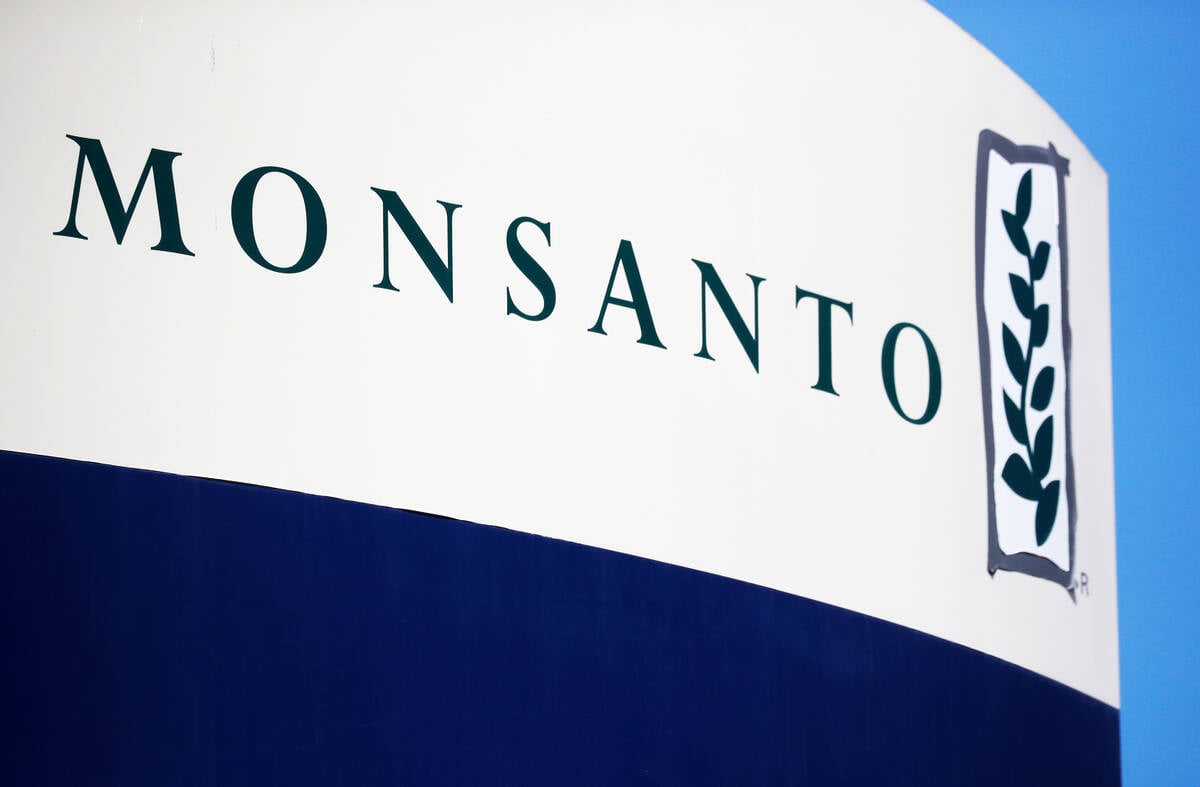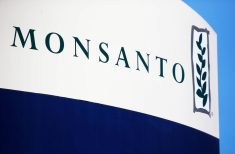The holidays are coming and Canadians should be enjoying a much-needed reprieve from the thumbscrews that are squeezing their wallets.
At least, that’s what the federal government vowed would happen after Dec. 14.
In November, Prime Minister Justin Trudeau promised that a two-month break from GST/HST on some products would “give people the relief they need.”
Read Also

Roundup retraction makes public trust ripples
A foundational study on glyphosate safety was recently retracted, while Roundup maker Bayer has already said it may ditch the key agricultural herbicide after lawsuits piled up.
The measure would give Canadians “a real break on everything they do,” the prime minister told reporters Nov. 21.
Given that wording, and the fever pitch of basic cost inflation for over two years now — things like the cost of groceries or housing —you would expect the newly exempt items to focus on necessities.
The reality mostly reads like the priority list of an 18-year-old who can’t cook and has never had to pay their own bills: video games and video game consoles and controllers, beer and wine, veggie and cheese trays, pre-made meals, snacks and restaurant meals. There are also Christmas trees, printed books and newspapers and kids toys.
The one sensible inclusion is the tax break on kids’ clothing, footwear and diapers, all of which are basic and difficult to avoid expenses for Canadian families.
While it will certainly be valuable for Canadians looking to give themselves a treat and celebrate the holidays, describing the listed items as a break on “everything they do” is a stretch.
If you had walked onto the street two months ago and asked Canadians what products they would find most helpful if the government were to choose a few to exempt from taxation, I wonder how many of the stated items would have made the list? Maybe prepared food? Canadian grocery shoppers do love grab-and-go convenience.
I’m going to go out on a limb, though, and argue that other big-ticket items in the average budget would have been more top of mind.
As reporter Miranda Leybourne recently reported, food systems experts expect food prices to rise another three to five per cent in 2025. Meat, already one of the most expensive items Canadians buy week to week, is expected to outpace that.
Canada’s Food Price Report 2025, which combines insights from researchers at Dalhousie University, the University of Saskatchewan, the University of British Columbia and University of Guelph,forecasts that meat’s rise will be four to six per cent.
While most basic groceries are zero-rated for GST anyway, it does speak to how out of touch the federal government is when they present a list made up mostly of frivolities and expect applause when Canadians are facing such steep basic affordability issues.
The food price report, for example, noted that beef prices rose 9.2 per cent in the space of a year from September 2023 to September 2024, authors noted, “and are expected to remain high until mid-to late-2025, or longer.”
While beef prices aren’t the same thing as cattle prices, there’s no doubt cattle producers are having a good, extended run in the market.
Back in January, during the Beef and Forage Days event in Austin, those prices were the central theme in beef market pundit Rick Wright’s talk on cattle marketing strategies. He warned producers to watch how much the increased cost of production was eating at their potentially greater profit margin and to look for opportunity with different market flows, among other tidbits.
But the conversation also turned to the future of beef at the grocery store, and risk that the sector might face if beef prices rise enough to switch from dietary staple to luxury good.
“Who’s going to be able to afford to buy it?…There’s a lot of the working class that can’t afford the high end of the beef,” he said at the time.
With meat prices high and forecast to head higher, that’s as true now as it was almost a year ago.
If the government did insist on a selective list of products for a tax holiday, bolstering domestic consumption of high-ticket, basic items would have been better policy. Even better would be to harmonize that list with products that come from Canada, so that benefits to the economy from consumption are matched by support for Canadian production.
















